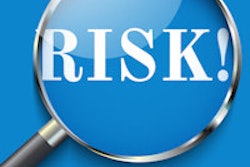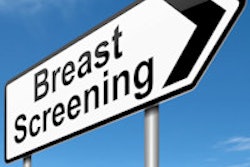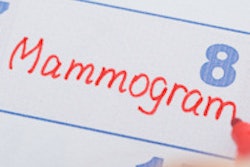Researchers from Johns Hopkins University have developed a new model for estimating breast cancer risk, according to a study published online in JAMA Oncology.
The model could help guide public health strategies for breast cancer prevention, wrote lead author Nilanjan Chatterjee, PhD, and colleagues.
To develop the new framework, Chatterjee's group used data from 17,171 cases and 19,862 controls taken from the Breast and Prostate Cancer Cohort Consortium (BPC3), as well as from 5,879 women who participated in the U.S. Centers for Disease Control and Prevention's 2010 National Health Interview Survey. The researchers included 92 genetic markers (called susceptibility single nucleotide polymorphisms, or SNPs) and a variety of epidemiologic measures such as family history and anthropometric, menstrual/reproductive, and lifestyle factors (JAMA Oncol, May 26, 2016).
Using this new risk assessment tool, Chatterjee and colleagues found that the average absolute breast cancer risk for U.S. women ranges from 4.4% to 23.5%. They also found that a 30-year-old white woman in the U.S. has an 11.3% risk, on average, of developing invasive breast cancer by the time she is 80.
"Our results illustrate the potential value of risk stratification to improve breast cancer prevention, particularly to aid decisions on risk factor modification at the individual level," the researchers wrote.



















